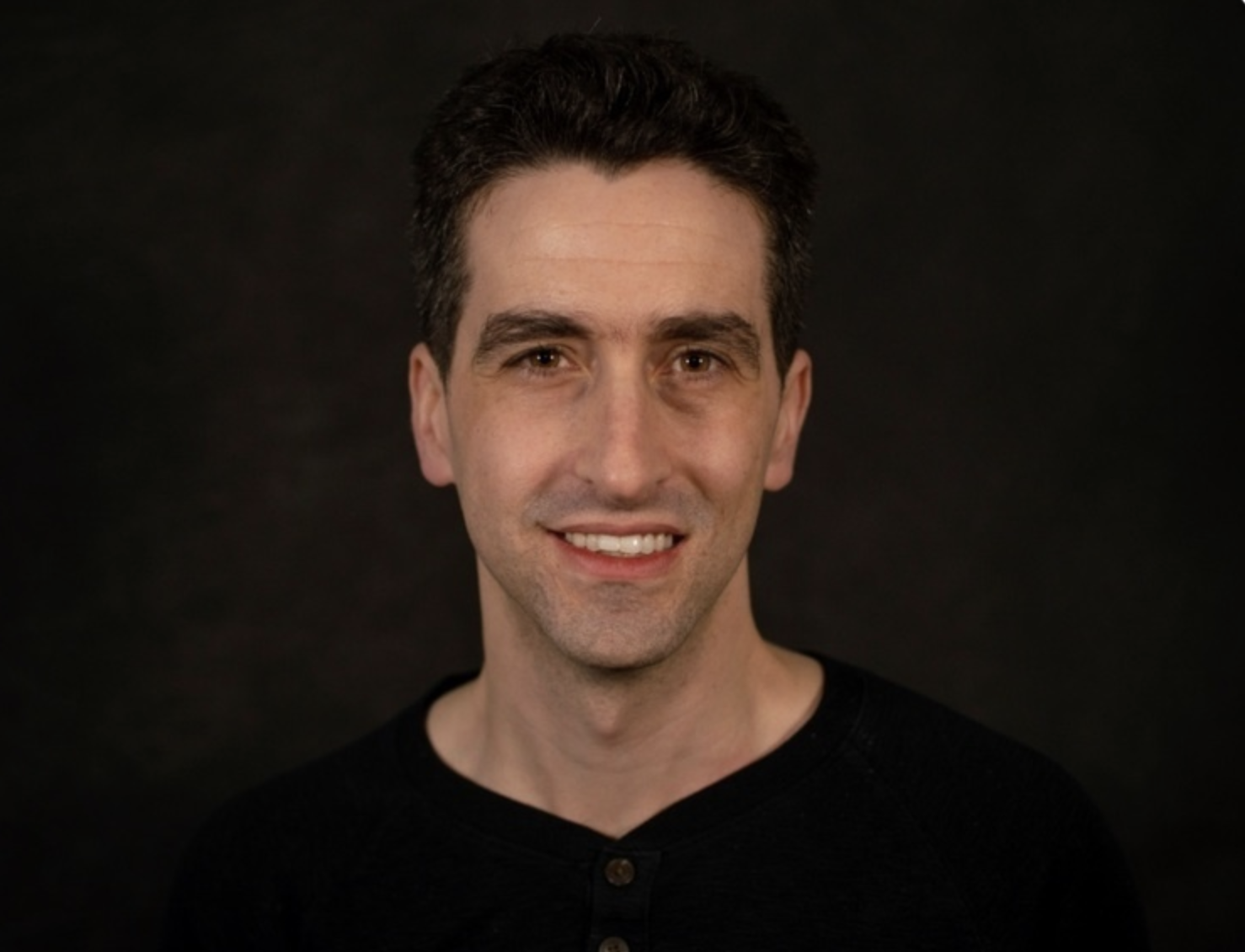At 11:00 a.m. on Tuesday, Jan 28 Israel Silber will be giving a presentation at Michigan Technological University about an unusual phenomenon occurring in clouds over Antarctica. His presentation will be about an hour long, and take place in room 138 of Fisher Hall on campus. Anyone interested in having a better understanding of supercooled drizzle over Antarctica is welcome to attend this discussion.
Within the arctic, it is common to see stratiform clouds in the sky. As a result, to properly understand the impact on Antarctica from clouds, researchers need to understand the lifecycle of these polar clouds. These clouds can have an effect on the surface energy budget due to their radiative impact. In other words, these layers of clouds can have an effect on how much sunlight reaches the earth, causing impacts on climate and other aspects of Antarctica. This is what makes it so important to study these clouds and the different events that can influence their lifecycle.
For most clouds, the lifecycle is determined by a series of complex physical processes. However, this presentation will be focusing in on a specific event that was observed within these polar stratiform clouds in the arctic. As a result of being supercooled, temperature dependent processes such as heterogeneous ice nucleation (one of the methods in which ice is formed within clouds) can result in a more dominant role from ice-phase processes in determining this lifecycle. As a result of these cold temperatures, it is incredibly rare for drizzle to be seen in the arctic, yet there are still a few limited observations of drizzle (liquid precipitation) within clouds in this region.
This presentation will focus on the observations of this phenomenon, discussing the persistence of cloud formations with these drizzle drops. The specific event Silber will focus on was observed at McMurdo Station, Antarctica during the Atmospheric Radiation Measurement West Antarctic Radiation Experiment campaign, and lasted for more than 7.5 hours. Silber will discuss the measurements used to detect this drizzle, along with a simulation of the ice nucleating particles. The presentation will continue on to discuss the results that can be seen within the simulation, and what they might reveal about the lifecycles of these polar stratiform clouds.
Israel Silber is an assistant professor from Pennsylvania State University. His work focuses on polar cloud processes from an observational and modeling perspective, and the evaluation of the representation of various cloud processes in large-scale models. We are excited to welcome him to campus for his presentation, and anyone who is interested is welcome to attend and learn more.


